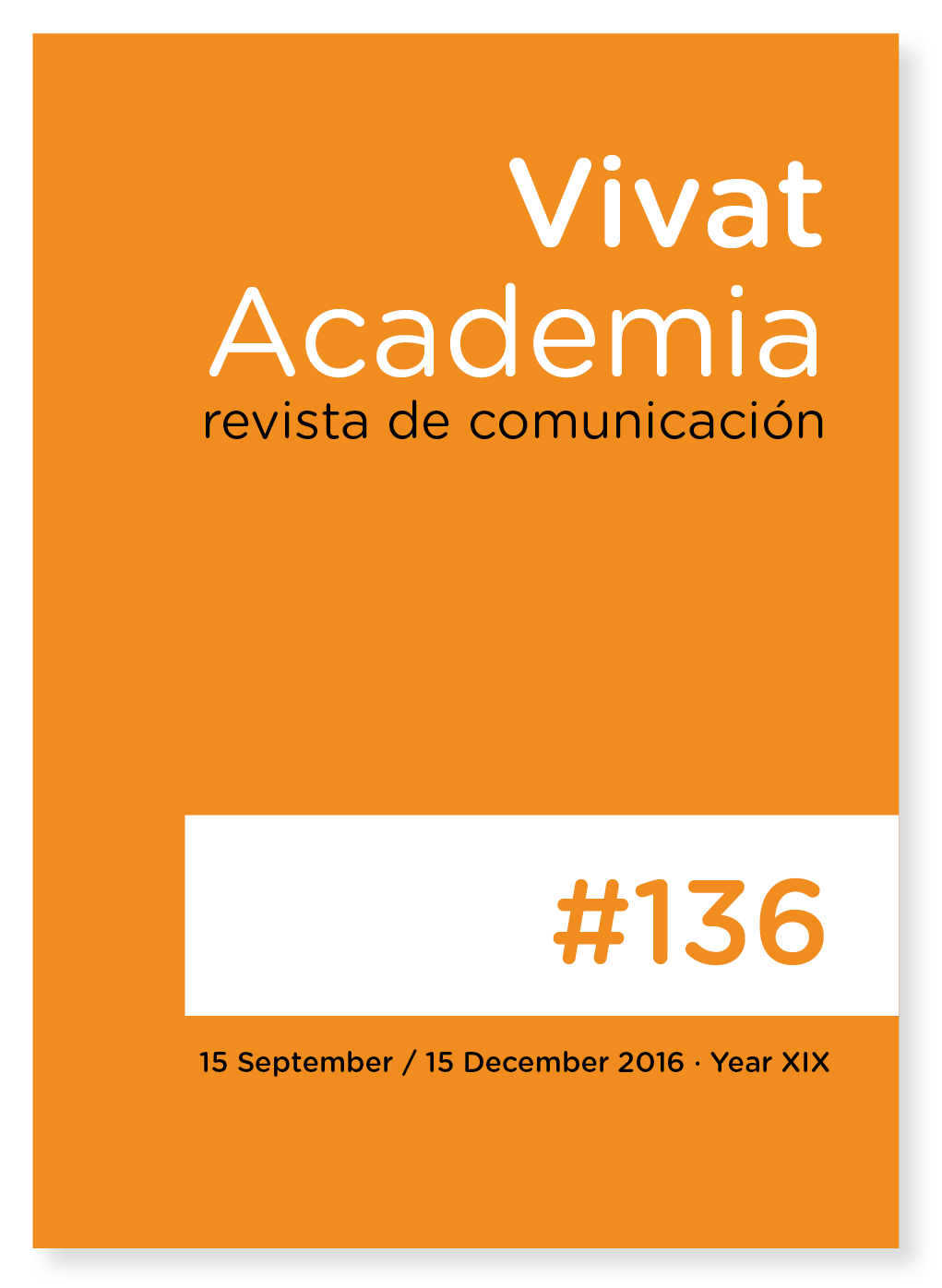Children and advertising from the perspective of parents, lawyers and religious persons
Main Article Content
Abstract
To understand whether advertising is organized as a shared social representation, our research has focused on the social representations of a sample of subjects in which the development of the "standard" is not accidental, but rather the goal of their profession: it is lawyers who represent how subjects relate to "legal standards", priests with the "ideological standard", and parents with the "socio-educational standard" in the context of television, advertising and children. Especially considering whether ads should fit the already established children's time. For children, unlike adults, television is not a form of relaxation and escape because for them it involves great effort and hard work that they make through processes involving cognitive factors such as attention, understanding, memory, taste and identification. The methodology is qualitative and quantitative, through surveys. Confidence and willingness to buy are closely related to understanding, an area in which there are no references to gender. Boys and girls being eight years old show high confidence in the advertising message, they believe in the persons appearing in the advertisements and have a strong purchasing power on their own parents.
Downloads
Article Details
The main author must deliver the letter of transfer of copyright, according to the model provided by Vivat Academia, Revista de comunicación, which declares the transfer of copyright to the journal and make explicit the rights of authors regarding the dissemination and use of the manuscript once published.
Creative Commons Attribution/Non Commercial 4.0 International
References
Capítulo de un libro o entrada de un libro de consulta:
D’Alessio M.; Laghi F. & Pallini S. (2007). Mi oriento. Il ruolo dei processi motivazionali e volitivi. Edizioni Piccin Nuova Libraria, Padova.
D’Alessio M. & Laghi F. (a cura di) (2007). La preadolescenza: identità in transizione tra rischi e risorse. Piccin Nuova Libraria, Padova.
D’Alessio M.; Laghi F. & Froio M. (2007), I modelli dei preadolescenti: uno, nessuno o centomila?, in D’Alessio M.; Laghi F. (a cura di). La preadolescenza: identità in transizione tra rischi e risorse. Piccin Nuova Libraria, Padova.
D’Alessio M. & Laghi F., Preadolescenti e modelli identificativi proposti in TV, in Disanto A.M. (a cura di) (2006). Percorsi di crescita oggi: itinerari accidentati. Edizioni Scientifiche Magi, Roma.
D’Alessio M. & Laghi F. (2006). Maneggiare con cura. I bambini e la pubblicità. Edizioni Scientifiche Magi, Roma.
D’Alessio M.; Laghi F. & Baiocco, R. (2006). Identity process in early adolescence: metacognition and Theory of The Mind. Intersubjectivity, Metacognition and Theory of Mind, Università Cattolica, Milano (Italy).
D’Alessio M.; Baiocco R. & Laghi F. (2007). The impact of Television on Children’s Eating Behavior and Health. XIIIth European Conference on Developmental Psychology. Jena, Germany, 21-25 August.
Derbaix, C. & Pecheux, C. (2003). A new scale to assess children's attitude toward TV advertising. Journal of Advertising Research, 43(04), 390-399.
Morgan, K., & Hayne, H. (2002). Age-related changes in visual recognition memory from infancy through early childhood. In International Conference on Infant Studies, Toronto, Canada.
Piaget J. (1936), La naissance de l’intelligence chez l’enfant, Delachaux e Niestlè, Parigi, trad. it. (1973), La nascita dell’intelligenza nel fanciullo, Giunti e Barbera, Firenze.
Piaget J. (1937), La construction du reel chez l’enfant, Delachaux e Niestlè, Parigi, trad. it. (1973), La costruzione del reale nel bambino, La Nuova Italia, Firenze.
Rice, M. L., Huston, A. C., & Wright, J. C. (1982). The forms of television: Effects on children’s attention, comprehension, and social behavior. Television and behavior, 2, 24-38.





